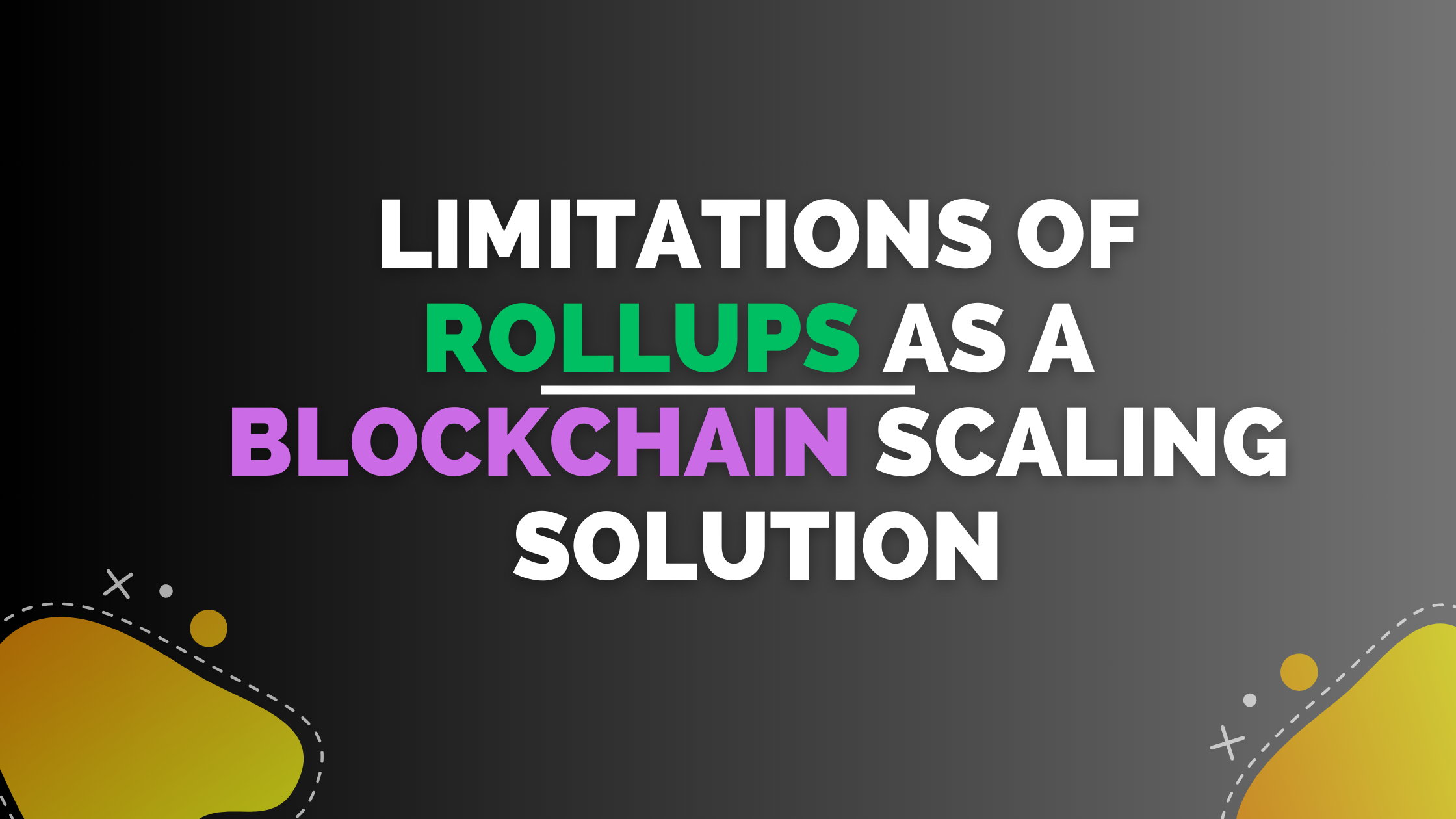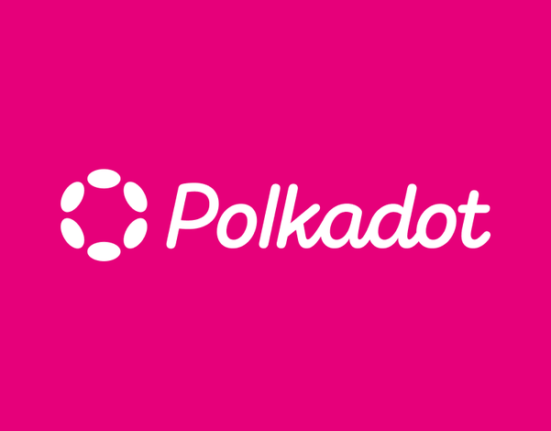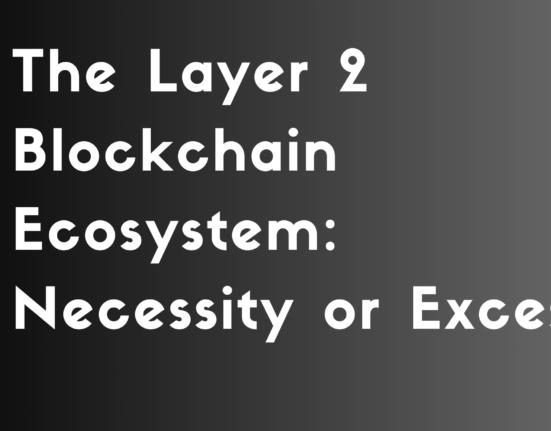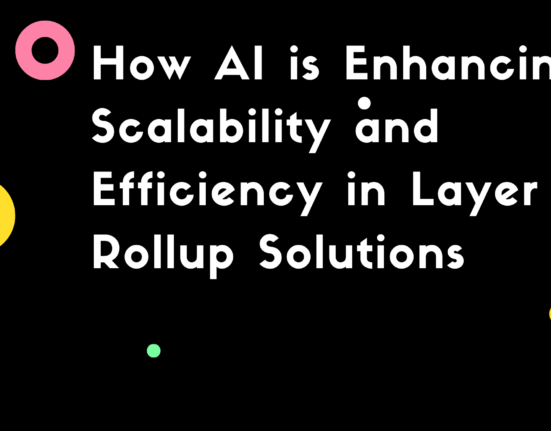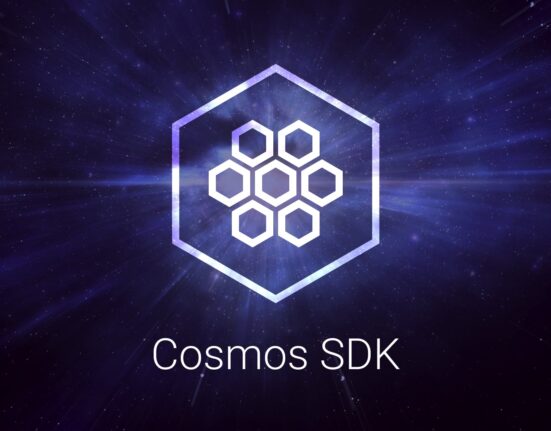Rollups have emerged as one of the most promising Layer 2 scaling solutions for blockchains like Ethereum. By bundling or ‘rolling up’ transactions off-chain, computing them more efficiently, and only posting the transaction data on-chain, rollups can significantly improve transaction throughput and reduce fees.
However, rollups also come with certain limitations and trade-offs compared to transacting directly on the Layer 1 blockchain. This guide will provide a comprehensive overview of the current limitations of rollups and the technical challenges involved in addressing them.
Background on Rollups
There are two main types of rollups:
- Optimistic Rollups – Transactions are executed off-chain and only the transaction data is posted to Layer 1. Transactions are assumed valid by default but can be challenged via fraud proofs if invalid.
- Zero Knowledge (ZK) Rollups – Transactions are computed off-chain and a cryptographic proof of validity is posted to Layer 1 along with the transaction data.
In both cases, the transaction data is compressed or ‘rolled up’ before being posted to Layer 1, improving scalability. The validity of the transactions is enforced through either fraud proofs (Optimistic) or validity proofs (ZK).
Limitations of Rollups
1. On-chain Data Availability
A key limitation of rollups is that the transaction data still needs to be posted on-chain, even if the computations happen off-chain. This means that data availability is ultimately constrained by Layer 1.
Although the data is compressed, it still takes up on-chain space. This limits the maximum throughput rollups can achieve, as the Layer 1 chain must be able to store the rolled up transaction data.
2. Delayed Transaction Finality
Unlike Layer 1 transactions which enjoy immediate finality, rollup transactions can take some time to finalize.
For Optimistic Rollups, transactions are only considered finalized after the challenge period has elapsed. This is usually 1 week to provide enough time for potential fraud proofs.
For ZK Rollups, the validity proofs need to be generated and verified on-chain before transactions are finalized. This takes at least 10-30 minutes.
The delayed finality means rollup transactions cannot provide the same guarantees as direct Layer 1 transactions for certain use cases.
3. Liquidation Challenges
Transferring funds out of a rollup chain back to Layer 1 involves a liquidation process that comes with certain limitations.
For Optimistic Rollups, users must wait 1 week before withdrawing to allow time for potential fraud proofs. ZK Rollups can enable faster withdrawals but require validating proofs on-chain first.
Either way, liquidity is constrained by the throughput and fees of the Layer 1 blockchain that must process the withdrawals. This can make liquidity costly and slow.
4. Limited Expressiveness
The computations that can be done by rollups are limited in their expressiveness based on the validity proof protocols.
Optimistic Rollups only support simple transactions that can be easily verified. ZK Rollups require efficient proof generation, restricting the types of computations supported.
Complex smart contract functionality like arbitrary code execution remains difficult to implement efficiently in rollups currently. This limits the types of decentralized applications that can leverage rollups.
5. Centralization Risks
In their current form, rollups rely heavily on operator nodes to bundle transactions and generate/post proofs on-chain. These operators become a central point of failure.
If the operators collude or go offline, the rollup chain halts. Migrating control of the rollup chain to a new operator is also challenging. This centralization could undermine rollup security.
Decentralizing rollup operation is an active area of research but still complex, particularly for ZK Rollups.
6. Security Assumptions
Rollups make certain security assumptions that could be vulnerable to exploits.
Optimistic Rollups assume challengers will submit fraud proofs if transactions are invalid. Attackers may be able to front-run honest challengers.
ZK Rollups assume the validity proofs are correct. Future cryptographic breakthroughs could potentially invalidate their security.
While unlikely, these are additional attack surfaces compared to Layer 1.
Addressing the Limitations
There are both technical and economic solutions in development for addressing the limitations of rollups:
Rollup Limitations and Mitigations
| Limitation | Description | Potential Mitigations |
|---|---|---|
| Data Availability | Blockchain must store all rollup data | Sharding, alternative protocols like Validium |
| Delayed Finality | No immediate transaction finality like Layer 1 | Interoperability, faster withdrawls |
| Liquidity Issues | Difficulty moving funds across layers | Decentralized bridges, liquidity pools |
| Limited Expressiveness | Constrained computation complexity | Recursive proofs, hybrid designs |
| Centralization Risks | Reliance on sequencer operators | Distributed proving, staking-based committees |
| Security Assumptions | Risks from invalid proofs or 51% attacks | Cryptoeconomic research, formal verification |
Data Availability
- Sharding to drastically scale up Layer 1 data bandwidth
- Alternative data availability protocols like Validium
Delayed Finality
- Faster withdrawal designs
- Interoperability between rollup chains
Liquidity Issues
- L2 bridges with liquidity pooling
- Faster withdrawal mechanisms
Expressiveness
- Advanced validity proof systems like STARKs
- Hybrid L2 designs
Centralization
- Decentralized sequencer pools
- Social coordination mechanisms
Security Assumptions
- Use of crypto economic incentives
- Formal verification of protocols
- Defense in depth with fail safes
Conclusion
Rollups are a promising scaling approach but have limitations around data availability, liquidity, finality, expressiveness, centralization, and security assumptions compared to Layer 1.
These limitations can be mitigated through technical improvements and innovative cryptographic solutions. As research continues, rollups are likely to play a major role in scaling Ethereum and other blockchains to support higher transaction throughput and more decentralized applications.
However, fundamental constraints around data availability and finality on Layer 1 will remain bottlenecks. True scalability likely requires both rollups and base layer upgrades like sharding. An optimal solution likely involves a combination of Layer 1 and Layer 2 scaling mechanisms.
There are still open challenges to make rollups a seamless user experience. But they represent one of the most exciting innovations in blockchain scalability and are likely to drive future advancement of decentralized layer 2 protocols.

Raksha, a seasoned journalist, specializes in crafting insightful narratives on blockchain and AI developments. With a keen eye for innovation, she distills complex topics into accessible stories, providing readers with a clear understanding of the dynamic intersection between these transformative technologies.

